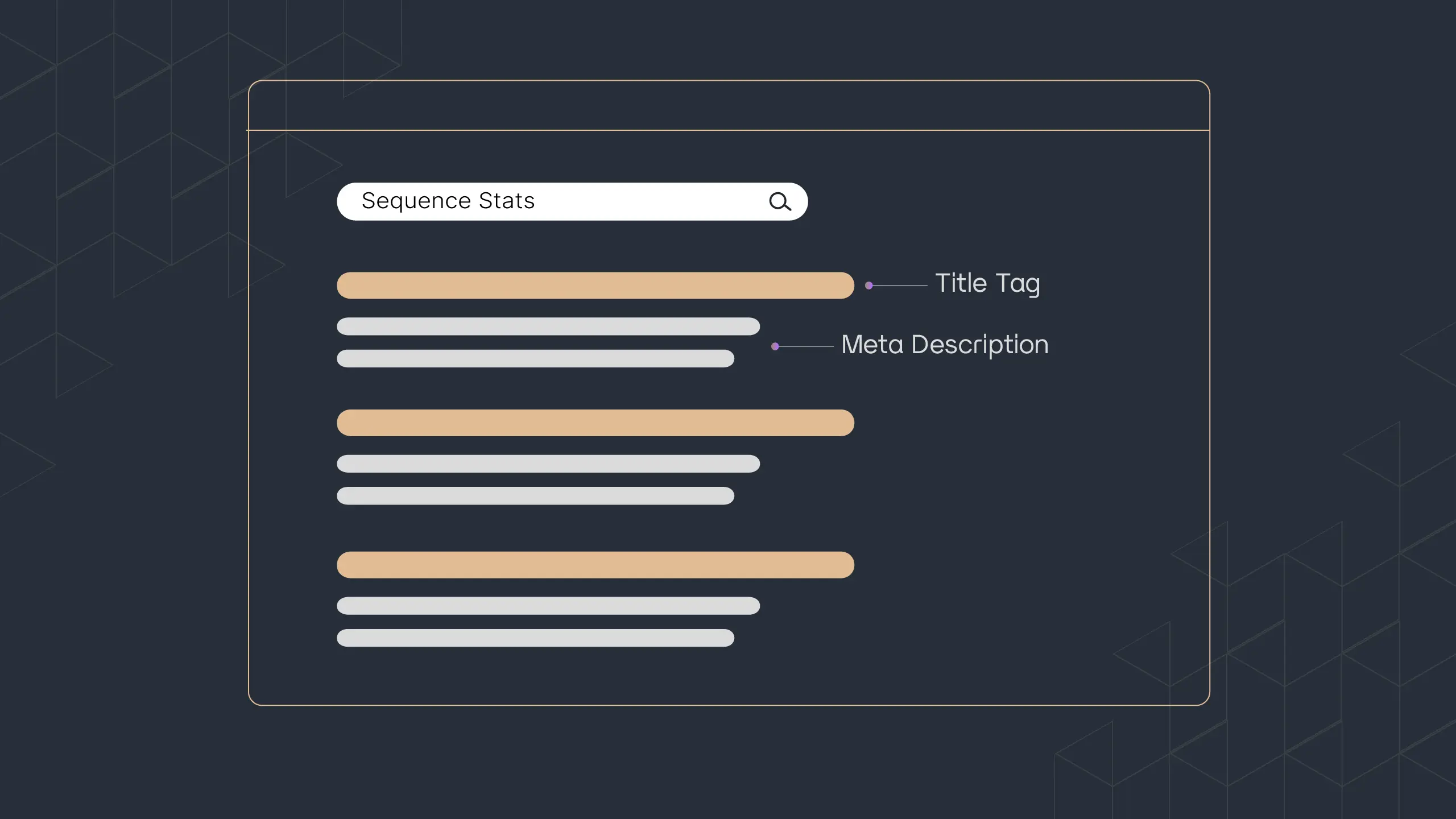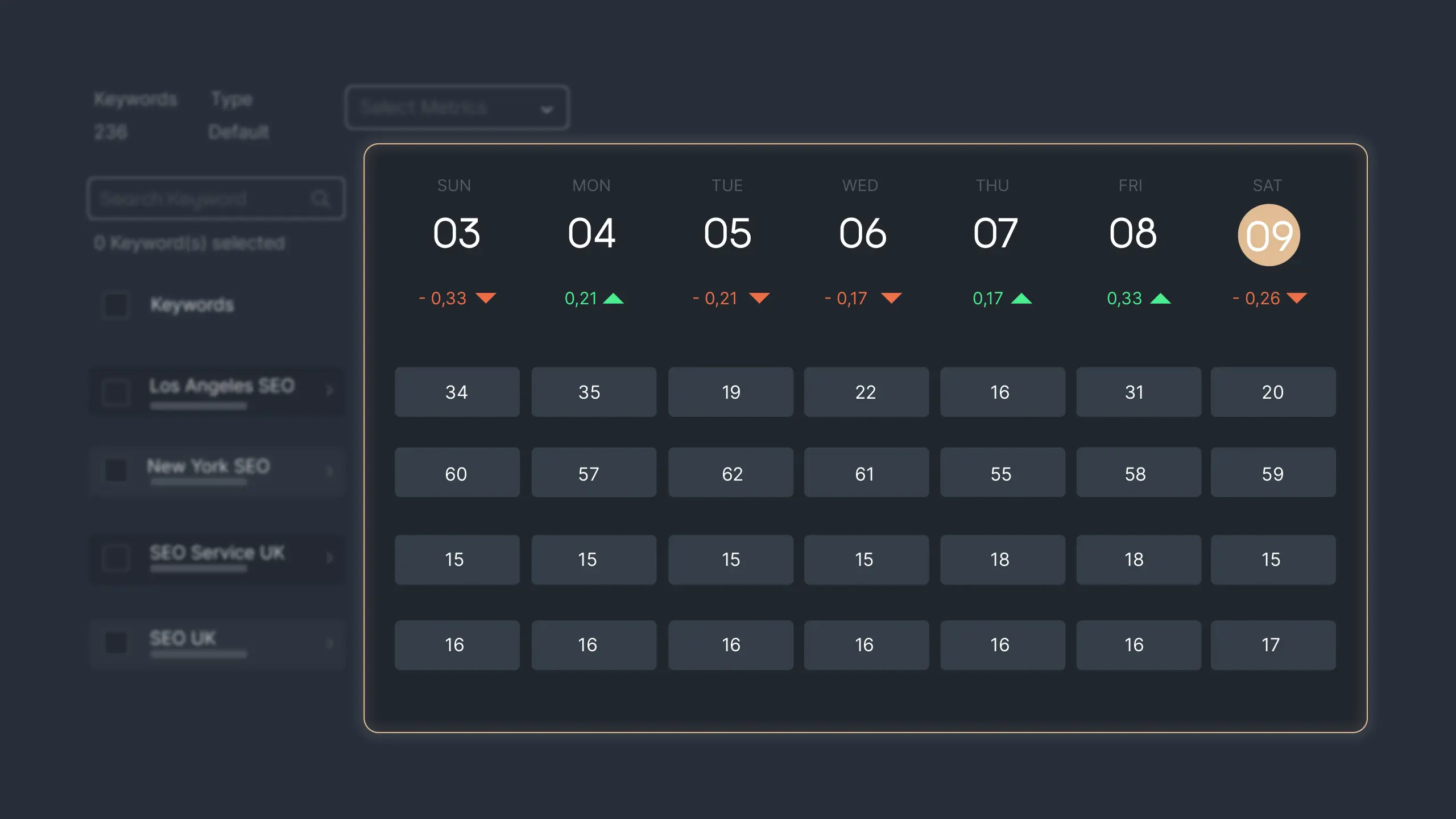On-page SEO is a crucial aspect of search engine optimization (SEO) that refers to the elements and techniques used on a website to improve its visibility and ranking on search engine results pages (SERPs).
From the quality of the content, on-page SEO plays a critical role in the overall SEO strategy. In this article, we will discuss the checklist of on-page SEO optimization and the various techniques used to optimize a website for search engines.
Importance of On-page SEO
The importance of on-page SEO cannot be overstated. It is the foundation of any SEO strategy and plays a critical role in determining a website's visibility and ranking on search engines.
On-page SEO includes elements such as keyword research and selection, title tags and meta descriptions, headings and subheadings, image optimization, and internal linking. By optimizing these elements, a website can improve its visibility and rank on SERPs.
Search engines such as Google use complex algorithms to determine the relevance and quality of a website's content, and on-page SEO helps to signal to search engines that a website is relevant and valuable to users.
A well-optimized website will not only rank higher in SERPs, but it will also drive more organic traffic, increase user engagement, and ultimately result in more conversions and sales.
On-Page SEO Checklist
The focus of on-page SEO optimization is content quality. It begins with keyword research to content audits. Here is the on-page SEO checklist you want to follow.
Keyword Research
One of the most important elements of content optimization is keyword research. Keyword research involves researching keywords and phrases that are relevant to your business and identifying long-tail keywords, which are more specific and less competitive phrases.
It also involves analyzing keyword competition, in order to identify keywords that have high search volume but low competition. We have fully discussed keyword research metrics in the previous post.
The optimization begins here, if you successfully find the right keywords, then the SEO project will be easier to measure.
Title Tag and Meta Description
Once you have identified relevant keywords, you can then move on to optimizing title tags and meta descriptions.
Title tags are the text that appears in the clickable headline for a webpage in SERPs. They should be compelling, concise, and should include relevant keywords.
Meta descriptions, on the other hand, are short summaries of a webpage's content that appear under the title tag in SERPs. They should also be compelling and include relevant keywords, in order to entice clicks.

Picture 1: The illustration of the title tag and meta description on the SERP
Make the title tag and meta description highly relevant to the content and also represent the whole article. You should also mind the length of both metrics. You can measure the ideal length using the Title and Meta Description Checker tool.
Headings and Subheadings
Headings and subheadings (H1, H2, etc.) are another important aspects of on-page SEO optimization. They help to organize the content of a webpage, making it easier for users to scan and read.
It's important to use headings and subheadings properly and to optimize them for keywords in order to improve the visibility of your website in SERPs. They should be used appropriately and include relevant keywords.
Not only for users but also for search engines. With a well-structured heading, search engines will read the content and understand it clearly.
Content Quality
Creating high-quality and engaging content is the core activity in content optimization. The content should be relevant to the keywords you're targeting and should be optimized for readability and user experience.
This will not only help with search engine rankings but also improve the overall user experience. You can start with content research to find what your target audience is searching for. Then, you can serve high-quality content to answer their queries.
Be relevant to the user’s intent. The audience should be the main focus in creating the content. So, any action you take should mind the user's convenience. You are not only creating the content but also optimizing it once there is an update.
By doing that, you can stay updated with the latest information and Google will recommend it to the right users.
Image Optimization
Images are also an important aspect of content optimization. They can help to break up text and make a webpage more visually appealing.
However, it's important to optimize images using alt tags, which are text descriptions of an image, to ensure that search engines understand the context of the images and can index them properly.
Optimizing alt tags for keywords will also help to improve the visibility of your website in SERPs. Search engines will read the alt tag and the title of the image to serve it on the Google image. This way, you have the potential to appear more frequently.
Internal Linking
Finally, internal linking is the on-page SEO checklist you should note. It involves using internal links to connect related content on your website. This not only helps users to navigate your website more easily but also helps search engines understand the structure of your website and index it more effectively.
Optimizing internal links for keyword relevance can also help to improve the visibility of your website in SERPs. Make sure the anchor text is right in point where the link is going.
Good internal linking should prioritize the user experience in exploring the site. So, you have to only insert the internal links which have high relevance to what users read.
Wrapping Up
In conclusion, on-page SEO is a crucial activity that helps the website to give a signal to search engines that the content deserves a high rank and served to relevant users.
By researching and optimizing keywords, title tags, meta descriptions, headings, images, and internal linking, you can improve the visibility of your website in SERPs, drive more organic traffic, increase user engagement, and ultimately result in more conversions and sales.
Extra Tips
If you have optimized all your content, you cannot let it go alone without any monitoring. Try Sequence Stats Keyword Rank Tracker to get the daily ranking data of your target keywords. It will help you understand the performance of your content.

Picture 2: Keyword ranking data on Sequence Stats
By doing this, you will not miss any progress of your content in getting the first rank of the SERP. The data presented in Sequence Stats is quite comprehensive so that all your team members could understand it at a glance.
If you ever wonder if this tool will drain your budget, you are wrong. You can have a customized plan based on your needs. Or, register right now to get the 12 months of free trial plus the free balance. Get your all-in-one SEO tool now and make your SEO campaign a success.